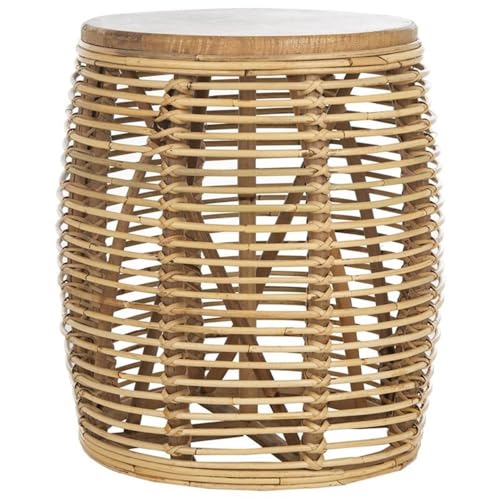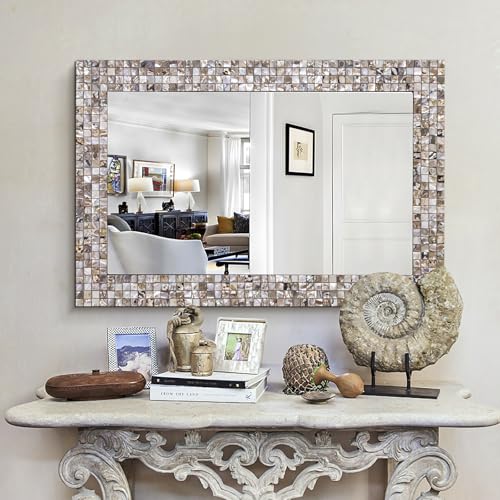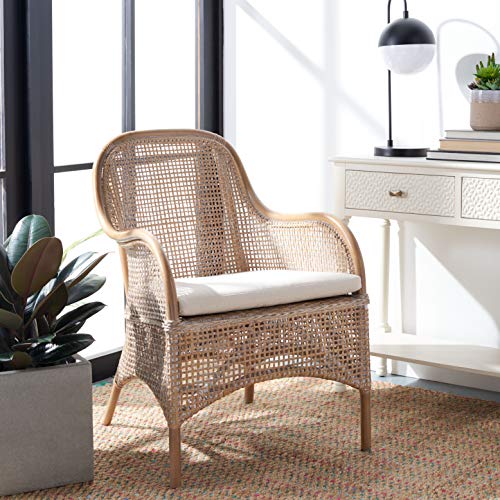Creating a serene and stylish living room in a coastal theme can be a transformative experience, particularly for midlife women seeking to rejuvenate their living spaces and enhance their well being. This blog will explore the benefits of coastal interior design, delve into its aesthetic principles, and offer practical ideas for integrating this style into your home.
The Benefits of Coastal Interior Design
Promoting Relaxation and Tranquility
The coastal design aesthetic is synonymous with relaxation and tranquility. By incorporating elements inspired by the sea and shore, you create an environment that naturally soothes the mind. For midlife women, who often juggle multiple responsibilities, having a space that promotes calmness can be incredibly beneficial. A coastal living room offers a sanctuary where one can unwind, meditate, or enjoy a good book, enveloped in a palette of serene colors and natural textures that evoke the peacefulness of a beach escape.
Encouraging a Connection with Nature
Coastal design draws heavily on nature, incorporating natural materials like wood, stone, and rattan, as well as colors found in the ocean and sky. This connection to nature can foster a sense of grounding and balance, which is particularly valuable for midlife women who may be navigating life transitions. By bringing the outside in, you can create a harmonious living space that nurtures the soul and refreshes the spirit.
Enhancing Mood and Well being
There is a growing body of research suggesting that interior design can significantly impact one’s mood and overall, well being. Coastal design, with its emphasis on light, open spaces, and soothing colors, can help lift spirits and reduce stress. For midlife women, who may experience hormonal shifts or emotional challenges, a coastal living room can serve as a positive and uplifting environment that supports emotional health.












Aesthetic Design Principles of Coastal Living Rooms
Color Palette
The color palette of a coastal living room typically features soft, muted tones that mimic the natural hues of the coastline. Think of shades of blue, soft greens, sandy beiges, and crisp whites. These colors work together to create a calm and inviting atmosphere.
- Blues and Greens: Embrace various shades of blue and green to reflect the sea and sky. From deep navy to aqua and teal, these colors can be used in accent pieces or larger furniture items.
- Neutrals: Use neutrals like beige, taupe, and white to create a clean and airy backdrop. These colors help to balance the room and make it feel more spacious.
- Pops of Color: Introduce pops of coral, sunny yellow, or seafoam green to add vibrancy and interest.
Natural Materials and Textures
Incorporating natural materials and textures is a hallmark of coastal design. These elements add warmth and depth to the space, creating a tactile and inviting environment.
- Wood: Use driftwood, reclaimed wood, or whitewashed finishes for furniture and decor to add rustic charm.
- Rattan and Wicker: Consider incorporating rattan or wicker furniture for a laid back, beachy vibe.
- Textiles: Choose fabrics like linen, cotton, and jute for cushions, throws, and rugs. These materials are breathable and contribute to the relaxed feel of a coastal living room.
Light and Airy Spaces
Coastal design emphasizes light and openness. Midlife women can benefit from spaces that feel expansive and free, enhancing the flow of positive energy.
- Natural Light: Maximize natural light by using sheer curtains or light colored window treatments. This not only brightens the room but also creates a visual connection with the outdoors.
- Mirrors: Use mirrors strategically to reflect light and make the room appear larger. A mirror with a weathered wood frame can enhance the coastal theme.
- Open Layout: Arrange furniture to facilitate easy movement and create a sense of openness. Avoid clutter and choose pieces that are proportionate to the room size.
Nautical and Beach Inspired Decor
Subtle nods to the ocean and beach can infuse your living room with coastal charm without being overly thematic.
- Artwork: Select artwork that features ocean scenes, beachscapes, or abstract pieces in coastal colors.
- Seashells and Coral: Use seashells, coral, or driftwood as decorative accents. Display them in glass jars or bowls for an elegant touch.
- Nautical Elements: Incorporate nautical elements like rope, anchors, or sailboats sparingly to avoid creating a kitschy look.
Practical Design Ideas for Coastal Living Rooms
Choosing the Right Furniture
When selecting furniture for a coastal living room, prioritize comfort and functionality. Opt for pieces that invite relaxation and social interaction.
- Sofas and Seating: Choose sofas and chairs with slipcovers in light fabrics. This not only enhances the coastal aesthetic but also allows for easy maintenance.
- Coffee Tables: Consider a coffee table made of reclaimed wood or with a distressed finish. A glass top table can also work well, offering a breezy, open feel.
- Storage Solutions: Use woven baskets or trunks for storage. They add texture and are practical for keeping the space tidy.
Accessorizing with Intention
Accessories play a crucial role in defining the coastal style. However, it’s important to avoid overcrowding the space with too many decorative items.
- Cushions and Throws: Layer cushions and throws in various textures and patterns. Mix stripes, solids, and subtle coastal motifs for a cohesive look.
- Lighting: Select lighting fixtures that complement the coastal theme. Consider pendant lights with a woven shade or a lamp with a ceramic base in ocean hues.
- Rugs: Add a rug in natural fibers like sisal or jute. These materials are durable and echo the textures found in nature.
Bringing the Outdoors In
Integrating elements of the outdoors into your living room can enhance the coastal ambiance and provide a refreshing connection to nature.
- Plants: Introduce greenery with potted plants or fresh flowers. Choose varieties that thrive indoors and require minimal care, such as succulents or peace lilies.
- Indoor/Outdoor Flow: If possible, create a seamless transition between indoor and outdoor spaces. This can be achieved through large windows, sliding doors, or a patio adjacent to the living room.
Conclusion
Designing a coastal living room can be a rewarding endeavor, offering numerous benefits for midlife women. By embracing the principles of coastal design through color, natural materials, light, and thoughtful décor you can create a space that not only reflects your personal style but also enhances your well being. Whether you are seeking relaxation, a stronger connection to nature, or simply a beautiful environment to enjoy with family and friends, a coastal living room can become your personal haven of tranquility.


















